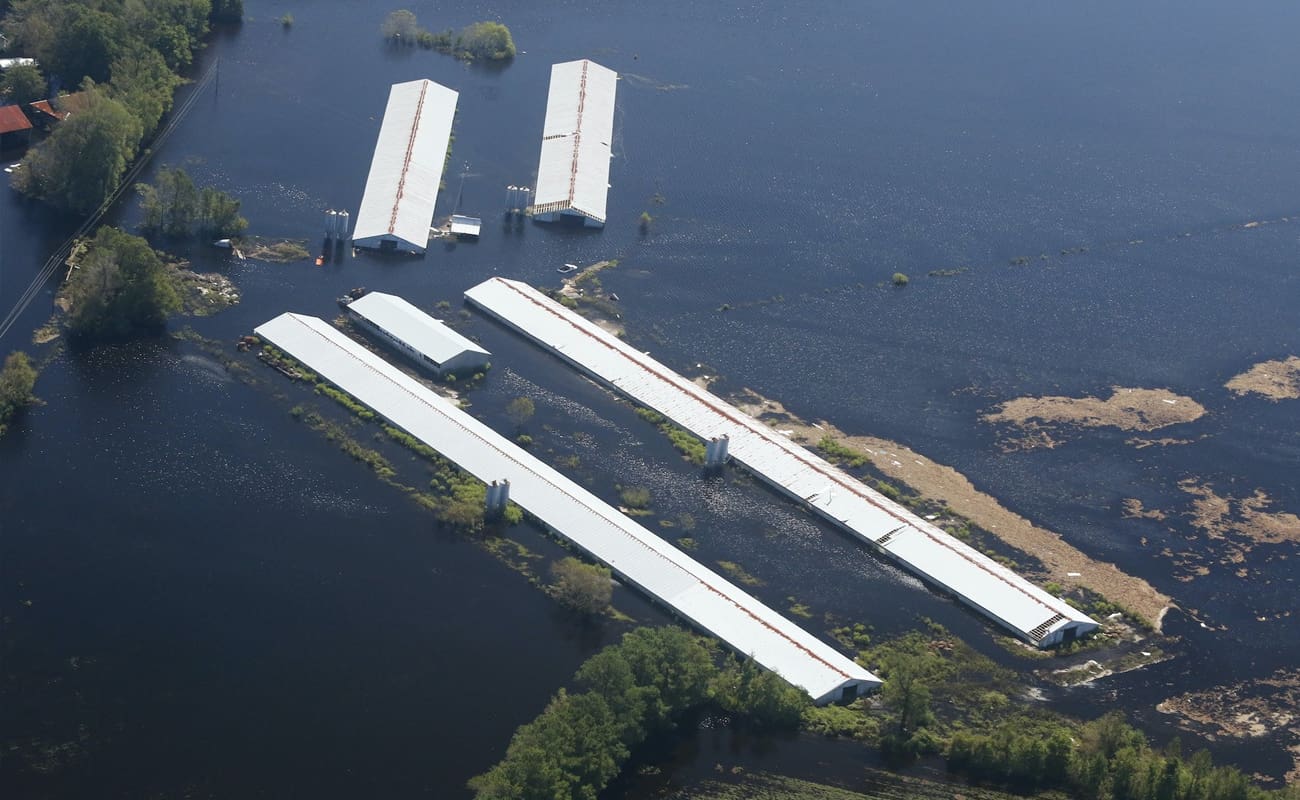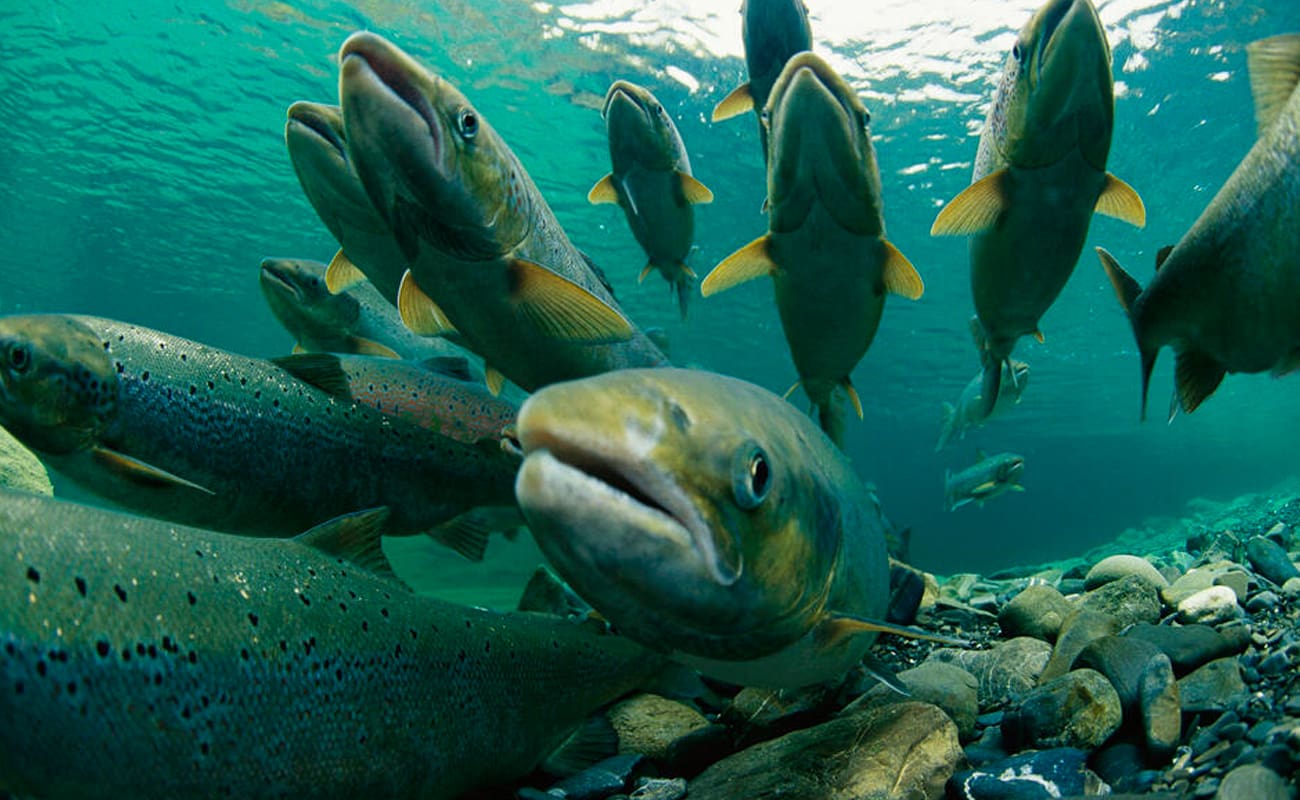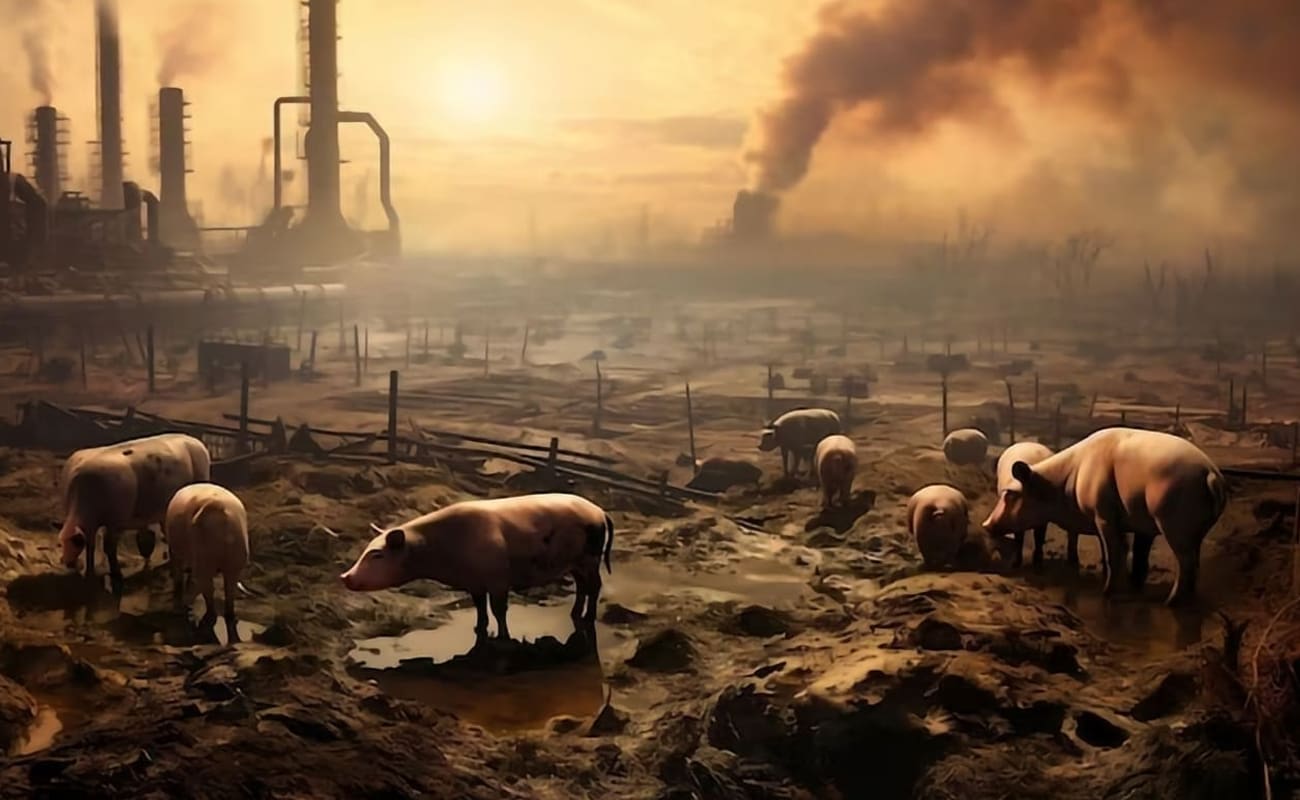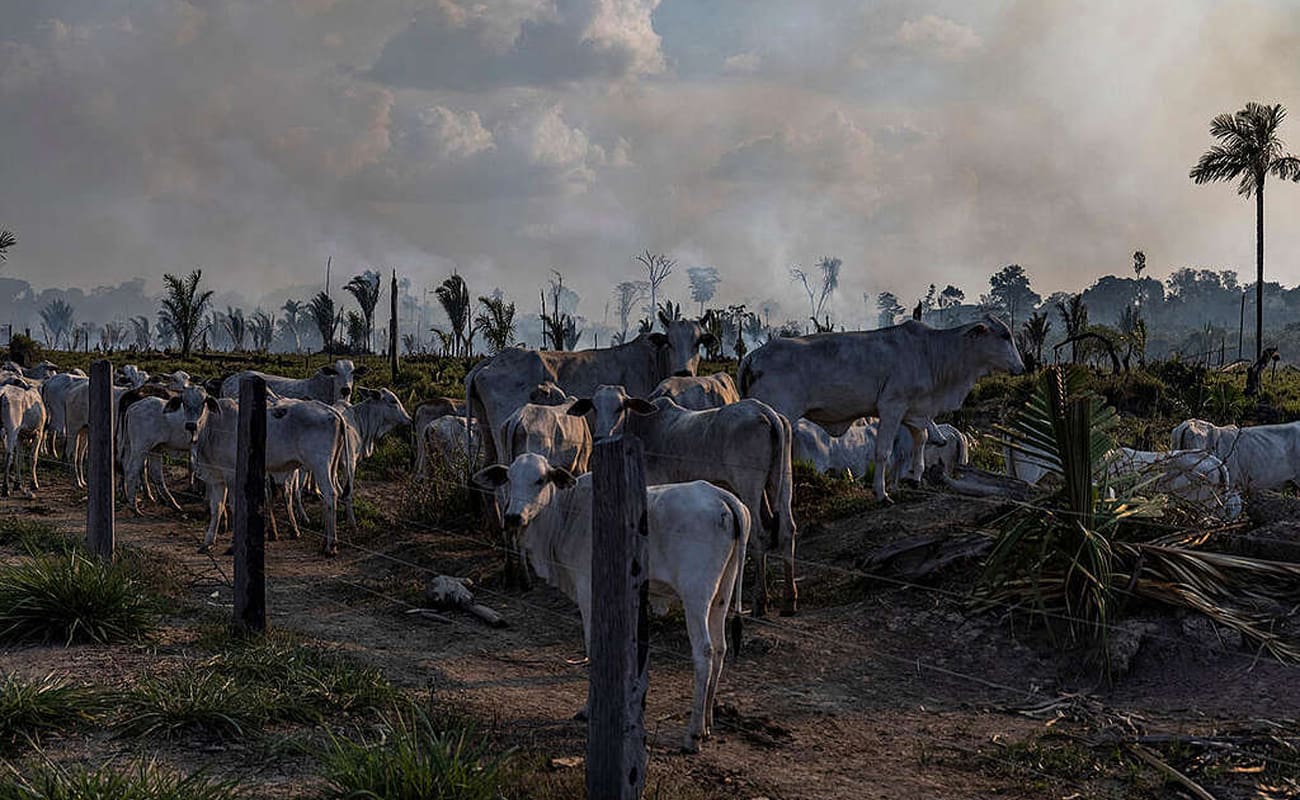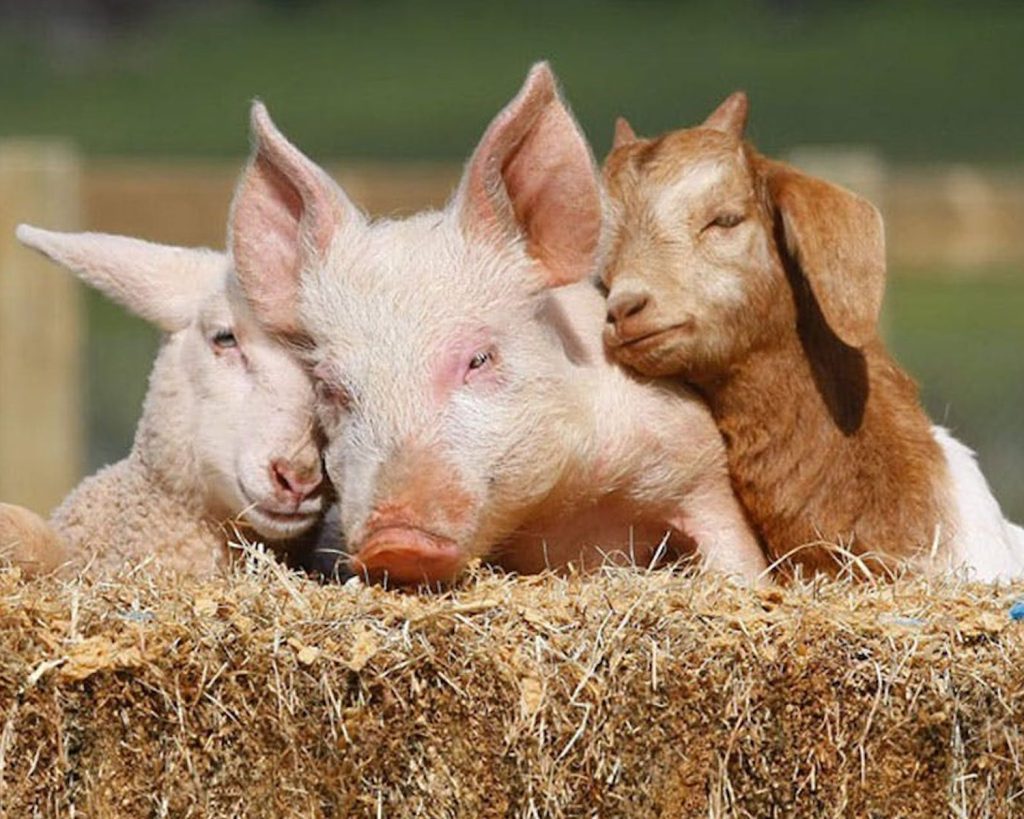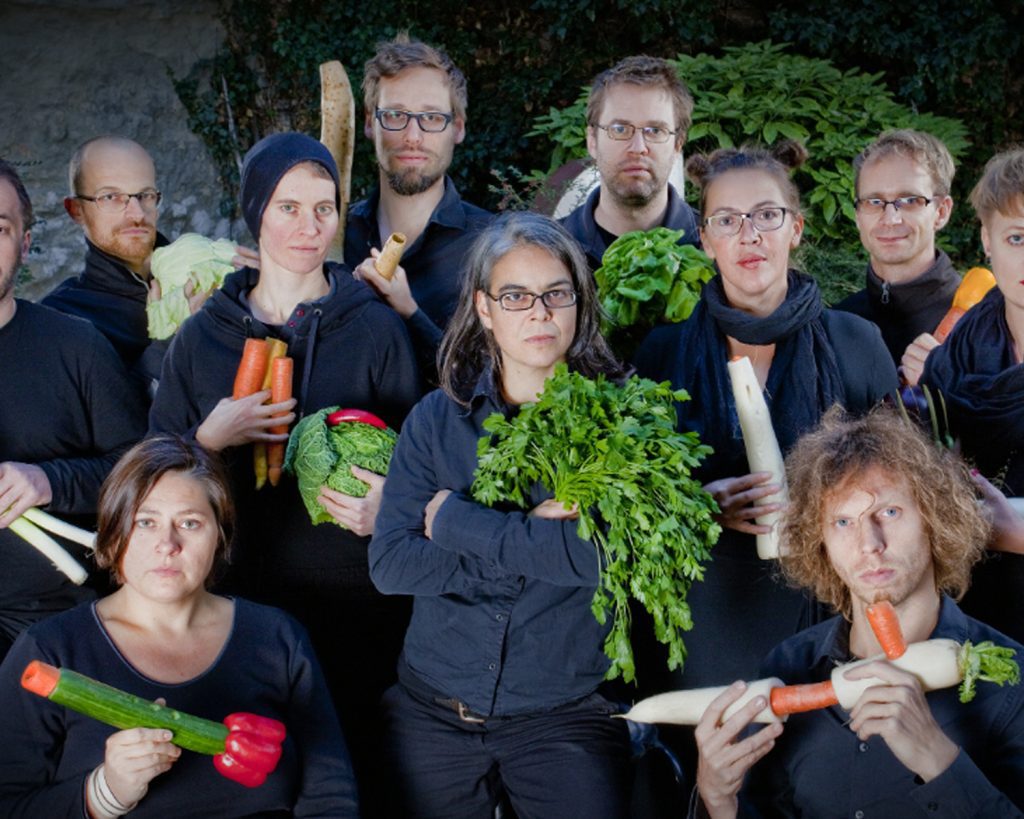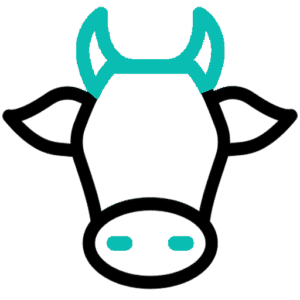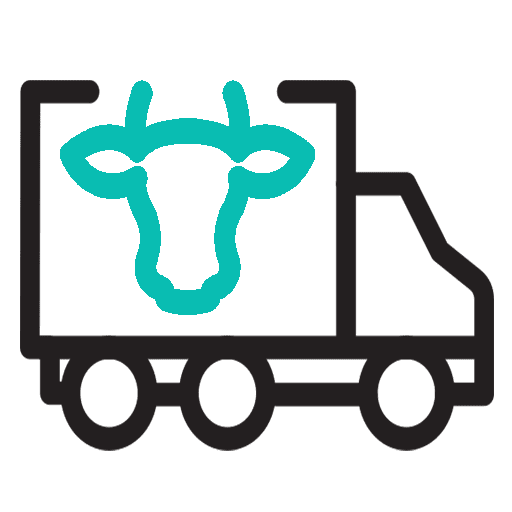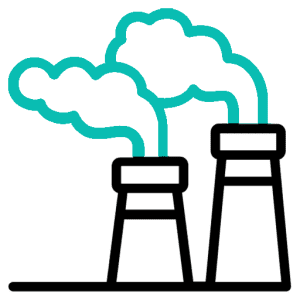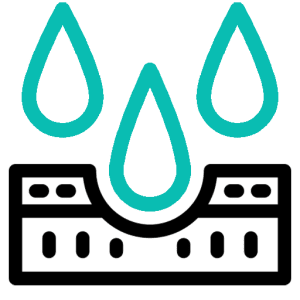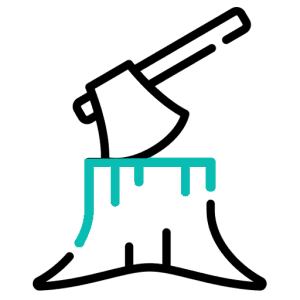The food choices we make every day have profound consequences for the planet. Diets high in animal products—such as meat, dairy, and eggs—are among the leading drivers of environmental degradation, contributing to greenhouse gas emissions, deforestation, water scarcity, and pollution. Industrial livestock farming requires vast amounts of land, water, and energy, making it one of the most resource-intensive systems on Earth. In contrast, plant-based diets typically demand fewer natural resources and produce a significantly lower environmental footprint.
The environmental impact of diets goes beyond climate change. Intensive animal agriculture accelerates biodiversity loss by converting forests, wetlands, and grasslands into monoculture feed crops, while also contaminating soil and waterways with fertilizers, pesticides, and animal waste. These destructive practices not only disrupt delicate ecosystems but also threaten food security by undermining the resilience of natural resources needed for future generations.
By examining the connection between what we eat and its ecological toll, this category highlights the urgent need to rethink global food systems. It underscores how transitioning to more sustainable dietary patterns—favoring plant-based, regional, and minimally processed foods—can mitigate environmental damage while also promoting human health. Ultimately, changing diets is not only a personal choice but also a powerful act of environmental responsibility.
As the global population continues to grow, so does the demand for food. One of the primary sources of protein in our diets is meat, and as a result, meat consumption has skyrocketed in recent years. However, the production of meat has significant environmental consequences. In particular, the rising demand for meat is contributing to deforestation and habitat loss, which are major threats to biodiversity and the health of our planet. In this article, we will delve into the complex relationship between meat consumption, deforestation, and habitat loss. We will explore the key drivers behind the increasing demand for meat, the impact of meat production on deforestation and habitat loss, and the potential solutions to mitigate these issues. By understanding the link between meat consumption, deforestation, and habitat loss, we can work towards creating a more sustainable future for both our planet and ourselves. Meat consumption impacts deforestation rates The …


